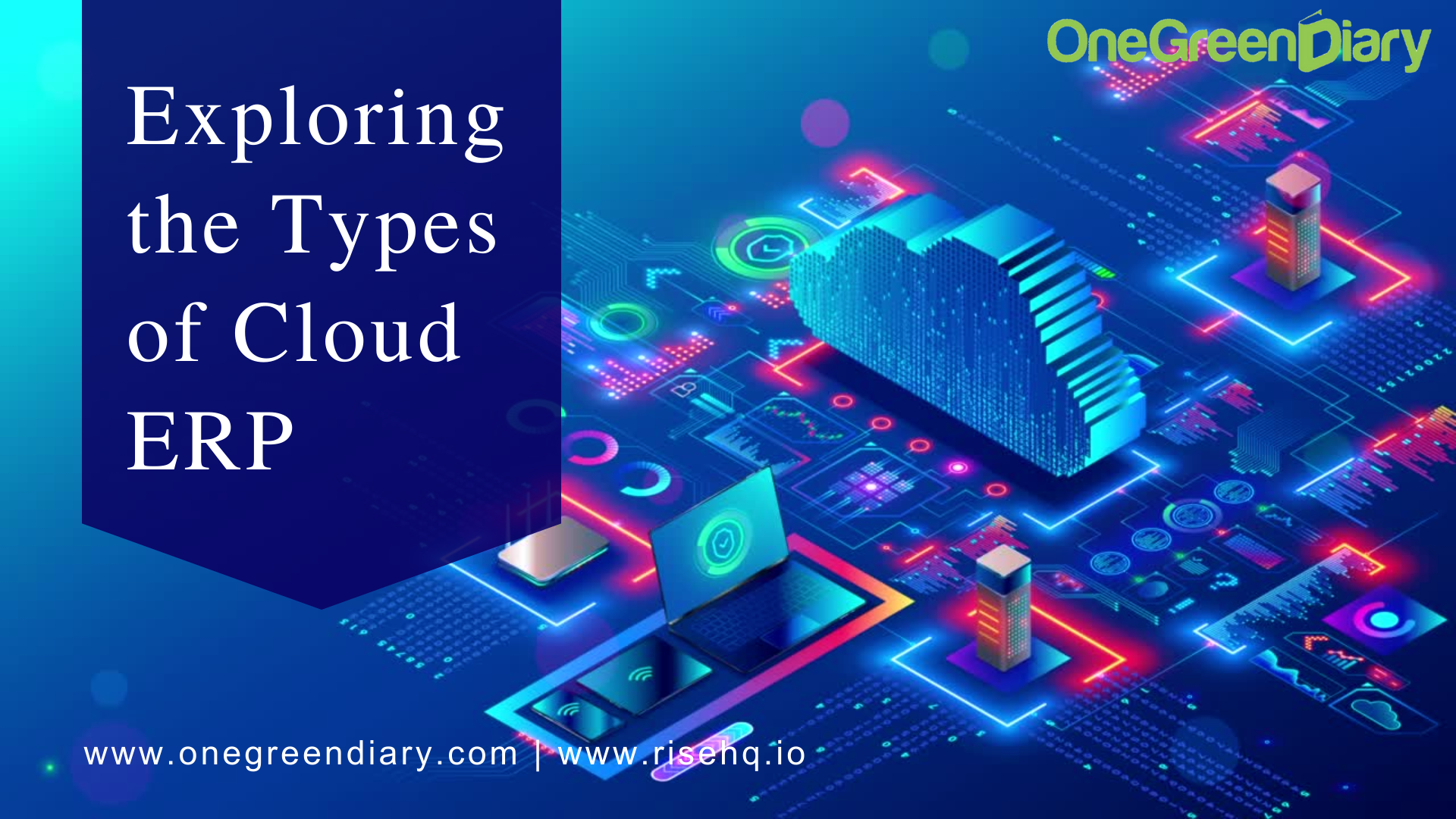Exploring the Types of Cloud ERP: Definition, Features, Benefits, and Challenges
Are you considering implementing a cloud ERP system but are unsure about the different types available? This comprehensive guide dives into the world of Cloud ERP, outlining the definitions, features, benefits, and challenges of five key deployment types. Whether you’re an individual or an organization, understanding these variations can empower you to make informed decisions when choosing the best Cloud ERP solution for your needs.
Introduction
Cloud ERP solutions have become essential in modern business landscapes. Once you’ve grasped the advantages and disadvantages of cloud ERP systems, the next step is choosing the right type. Let’s delve into each type to gain a deeper understanding of their nuances.
Types of Cloud ERP
1)Multi-tenant SaaS
- Definition: In a multi-tenant cloud software architecture, multiple customers utilize a single instance of a vendor’s product. This approach reduces costs for vendors and provides affordability and capability for users.
- Features: Shared server resources, SaaS-based delivery, scalable environments.
- Benefits: Automatic upgrades, minimal disruptions, cost-effectiveness for both users and suppliers.
- Challenges: Security concerns in shared environments, vulnerability during outages, limited control and flexibility for users.
2)Single-tenant SaaS
- Definition: A single-tenant SaaS model offers dedicated resources to one tenant, enhancing control, flexibility, and security.
- Features: Dedicated resources, SaaS-based delivery, customization options, isolated backups.
- Benefits: Enhanced data security and control, customizable infrastructure, reliable disaster recovery.
- Challenges: Higher hosting costs, management complexities, and underutilization of resources without optimization.
3) Public Hosted Cloud ERP
- Definition: Public-hosted cloud ERP provides shared resources in an internet-based service model, commonly offered by providers like Microsoft Azure, AWS, and Google Cloud.
- Features: Scalability, multi-tenant model, cost-effective infrastructure.
- Benefits: Cost-effectiveness, customizable resources, lower downtime risks.
- Challenges: Migration complexities, rapid infrastructure changes, compliance and governance issues, security concerns.
4)Hybrid ERP
- Definition: A hybrid ERP combines on-premise and cloud characteristics, offering a two-tier system for improved productivity and flexibility.
- Features: Two-tier infrastructure, specific function support, PaaS deployment.
- Benefits: Cost-effective installation, compatibility with existing systems, and unit-wide resource allocation.
- Challenges: Integration complexities, data synchronization issues, limited built-in integration capabilities.
5) Private Cloud ERP
- Definition: Private cloud ERP provides a dedicated computing environment for a single user, ensuring complete control over resources.
- Features: Dedicated resources, scalability, cost-effectiveness, and customization options.
- Benefits: No server investment required, customizable environment, enhanced security, scalability.
- Challenges: knowledge transfer limitations, security vulnerabilities without expertise, and potential cyber threats.
Conclusion
In conclusion, Cloud ERP solutions offer diverse benefits but come with unique challenges based on the deployment type. Considering factors like cost, control, security, and management requirements is crucial when selecting the right solution for your business.
One notable Cloud ERP solution, Rise ERP, caters specifically to the distribution industry. With features like inventory management, order processing, and customizable options, Rise ERP streamlines operations and boosts efficiency for distribution businesses.
Make an informed decision by exploring the types of Cloud ERP and aligning them with your business goals and needs. Embracing the right Cloud ERP solution can drive growth, streamline processes, and enhance overall productivity in your organization.

